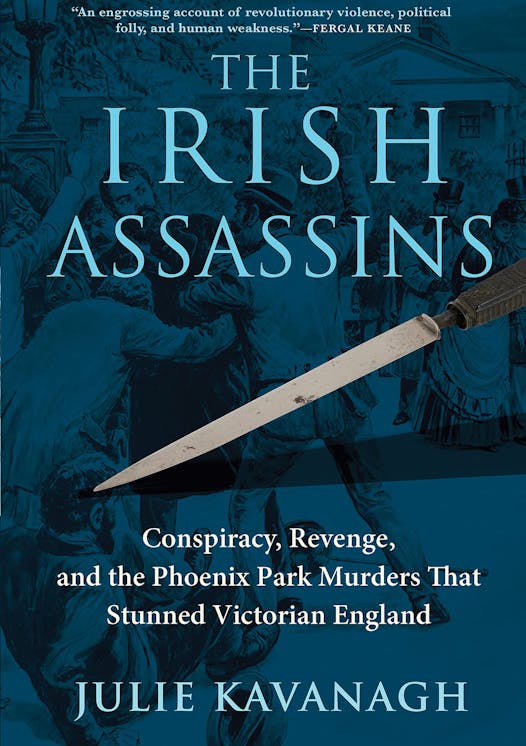All history is complicated, of course, the deeper you dig and the more points of view you seek. But I'm not sure any history is more convoluted than modern Irish history, with allegiances to churches, causes and ancient grudges; deep antipathy to English rule; and myriad "secret societies," each with a slightly different focus than the next, many of which were little more than gangs of terrorists.
Julie Kavanagh, in her terrific new book, "The Irish Assassins" (Atlantic Monthly Press), does a masterful job of sorting through the complexities and making the history accessible and comprehensible.
The heart of the book focuses on the late 1870s, when two British officials were brutally knifed to death while walking through Dublin's Phoenix Park. It was a shocking crime that perhaps changed the course of Irish history — or perhaps just continued it down its already bloody path.
"The Irish Assassins" is a gripping story, well and clearly told, and as you read you might find your sympathy shifting between the rural Irish, starving to death under England rule, so destitute that some people lived in holes dug in the ground; and the English, who on some level were trying to make sense out of governing such a hostile and foreign place.
In Kavanagh's hands, however, you will almost certainly not feel empathy for the imperious Queen Victoria, nor for the Irish thugs who murdered their own countrymen if they dared pay rent to their British landlords or even serve them a drink in the local pub.
Want to understand the difference between the Molly Maguires, the Land League, the Fenians, the Irish Invincibles and the Irish Republican Brotherhood? How a Protestant landlord such as Charles Stewart Parnell became a hero to the Catholic Irish? Or the rather shocking reason why a statue to convicted murderer Patrick O'Donnell was erected in Dublin's Glasnevin Cemetery? Read on.

